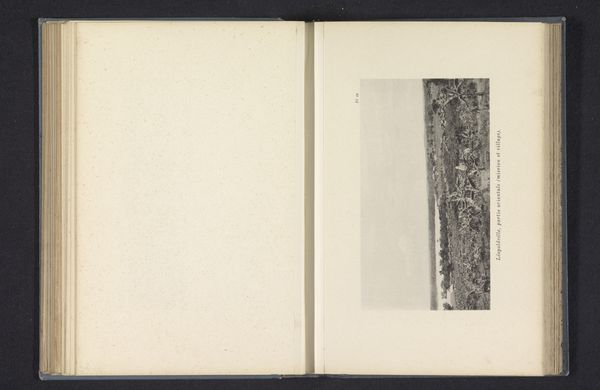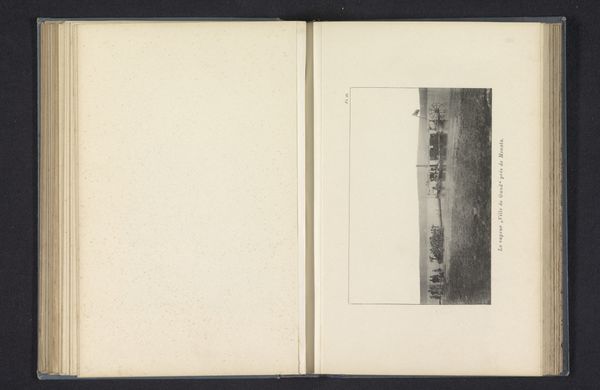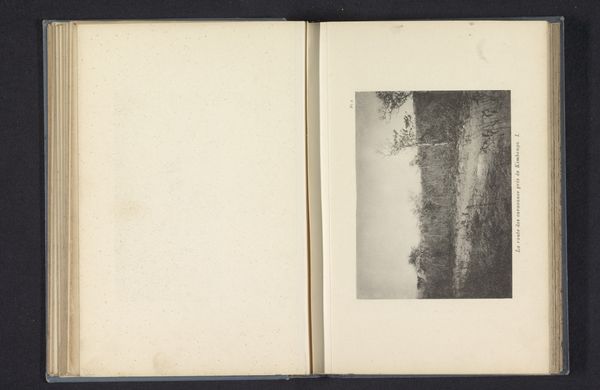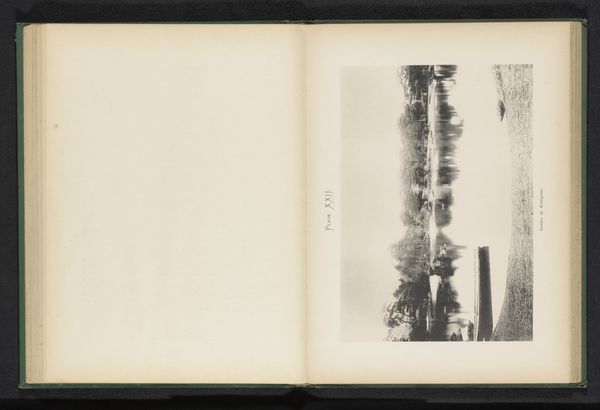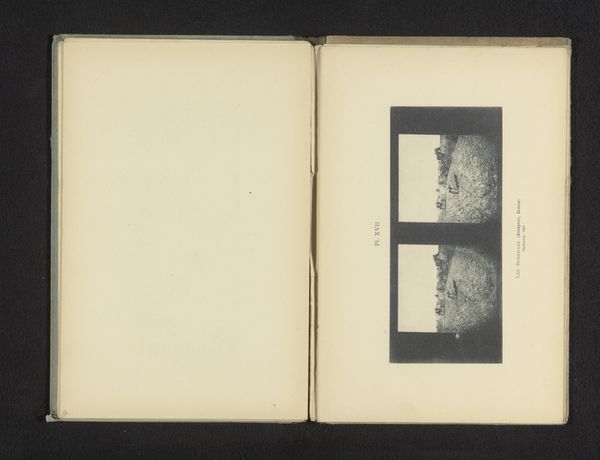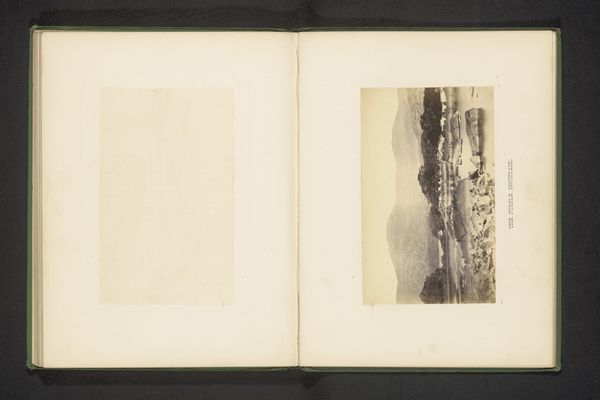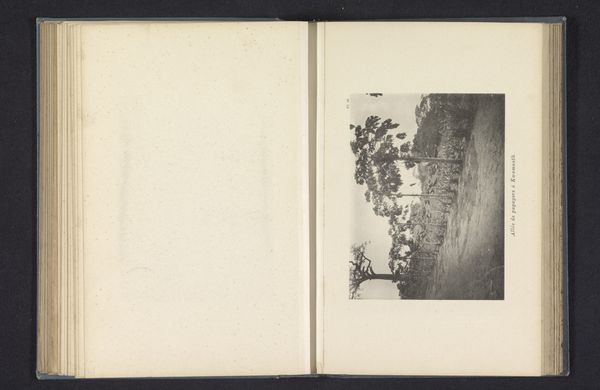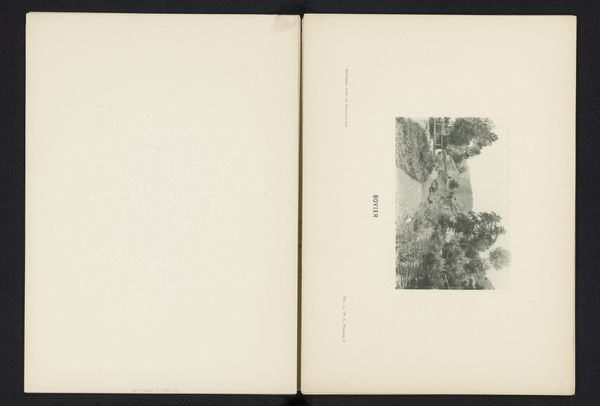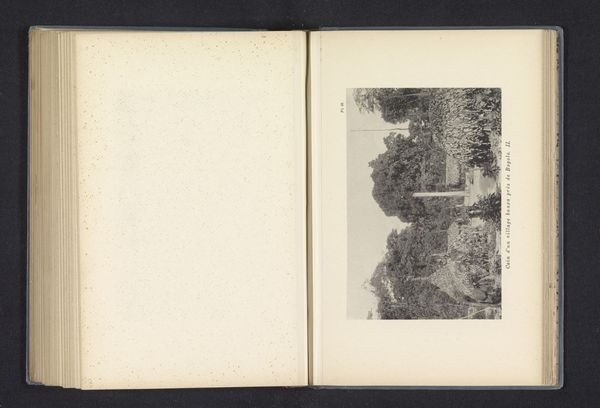
print, photography
#
african-art
# print
#
landscape
#
photography
#
building
Dimensions: height 90 mm, width 160 mm
Copyright: Rijks Museum: Open Domain
Editor: Here we have Franz Thonner's 1896 print, a photograph titled "Noordelijke gevel van het missiegebouw te Nieuw-Antwerpen," or the northern facade of the mission building in New Antwerp. I find the stillness quite striking. It almost feels staged, this imposition of European architecture upon an unfamiliar landscape. What do you see when you look at it? Curator: This image vibrates with layers of meaning. Look at the building itself: its clean lines and unfamiliar form within the context of the surrounding landscape immediately tell a story of imposed structure and cultural dissonance. What symbols do you think a mission, its architecture, represents in the late 19th century? Editor: Control, perhaps? Civilizing a "wild" place. But the image is so quiet, almost passively documenting the scene. Curator: Exactly. That "passive" gaze carries its own message. Photography in this era was often presented as objective truth, obscuring the photographer's hand and the agenda behind the lens. Consider how the very act of documenting this building serves to legitimize its presence and the associated colonial project. What repeated images can you observe within the larger composition that support these aims? Editor: Palm trees lining the front add to that staged, constructed reality. And it speaks to the longer, continued consequences of missions, shaping environments to fit with imported ideals, whether intended or not. I guess what's not in the picture speaks volumes. Curator: Precisely! Absence itself becomes a powerful symbol. Editor: It really reframes how I see the seemingly simple act of taking a photograph. Thanks! Curator: And it invites us to question the legacy of such images and their impact on cultural memory. It has been my pleasure.
Comments
No comments
Be the first to comment and join the conversation on the ultimate creative platform.
